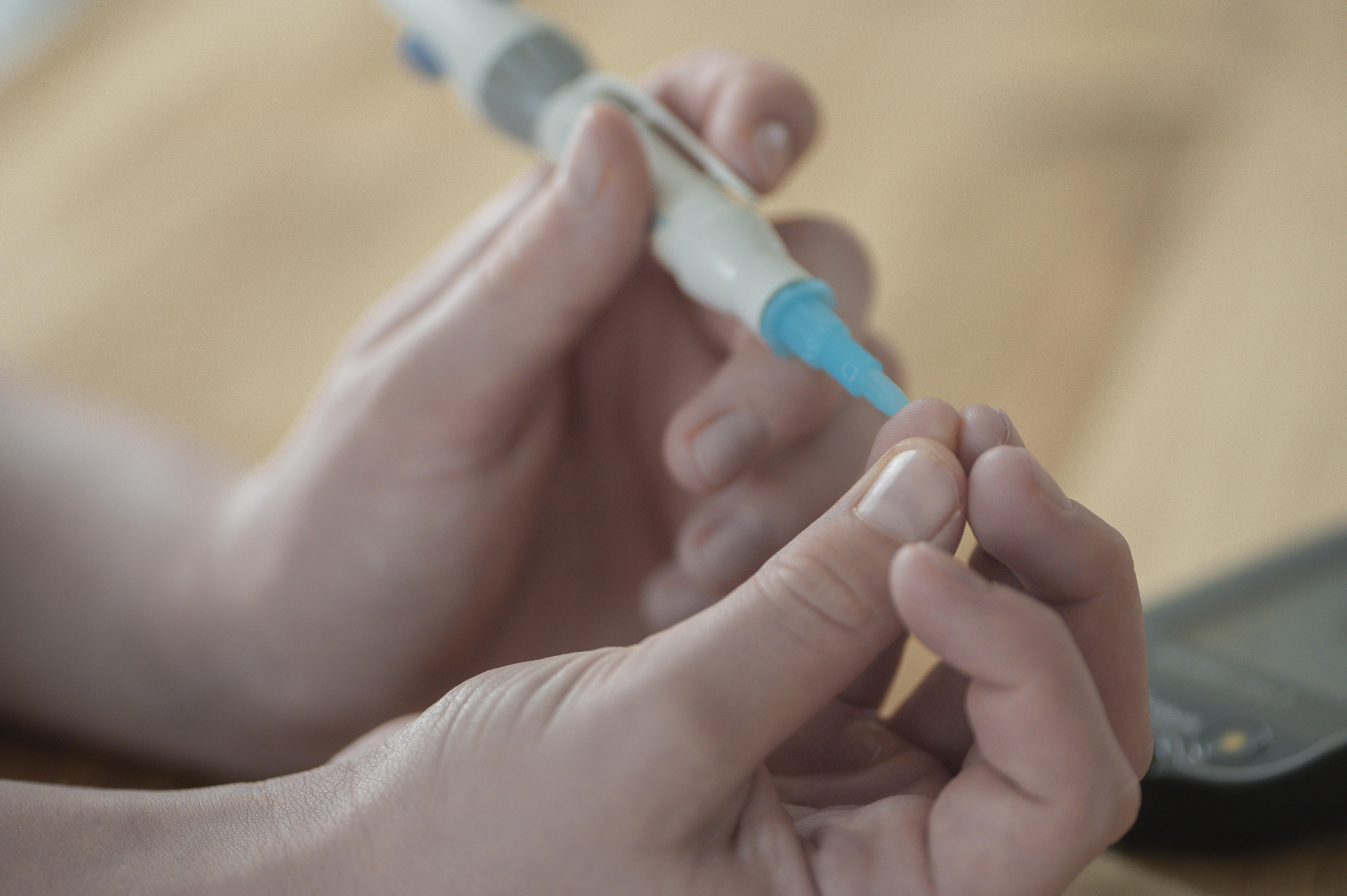Global experts have called for the formal recognition of Type-5 diabetes, a malnutrition-related form of the disease, to develop diagnostic criteria and improve management for an estimated six million people in India and 25 million worldwide, according to a new article in The Lancet Global Health.
Type-5 diabetes typically affects lean, malnourished teenagers and young adults in low- and middle-income countries (LMICs), primarily in Asia and Africa.
“It is more common in low-resource settings and in regions with a higher prevalence of undernutrition. Individuals with a history of intrauterine undernutrition followed by persistent undernutrition in adulthood are at high risk of Type-5 diabetes,” Meredith Hawkins, Professor of Medicine at the Global Diabetes Institute at Albert Einstein College of Medicine, told IANS.
The condition was previously classified by the World Health Organization as malnutrition-related diabetes mellitus in 1985 but removed from the classification in 1999, limiting research and funding opportunities.
Symptoms and clinical profile
Type-5 diabetes primarily affects individuals under 30 from lower socioeconomic backgrounds, often with a body mass index below 18.5 kg/m². Patients show symptoms common to both Type-1 and Type-2 diabetes, including excessive urination, hunger, and thirst, but also exhibit signs of severe undernutrition such as stunting, wasting, pallor, sunken eyes, and fatigue.
Poor control of Type-5 diabetes can lead to severe hyperglycemia and complications such as peripheral neuropathy. Misdiagnosis can be dangerous: prescribing large insulin doses to undernourished patients increases hypoglycemia risk, while medications that promote weight loss can be harmful.
Formal recognition, Hawkins said, would help standardize diagnostic criteria, improve screening, and reduce misclassification as Type-1 or Type-2 diabetes.
IANS














